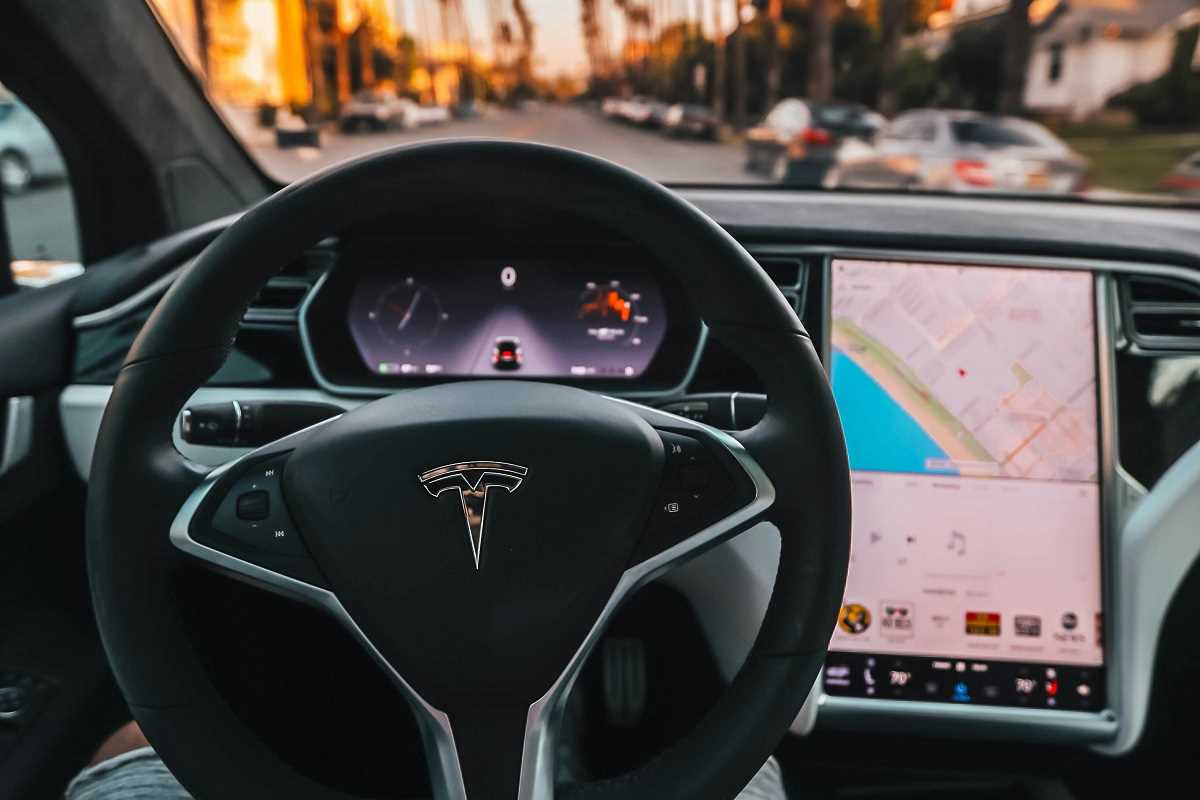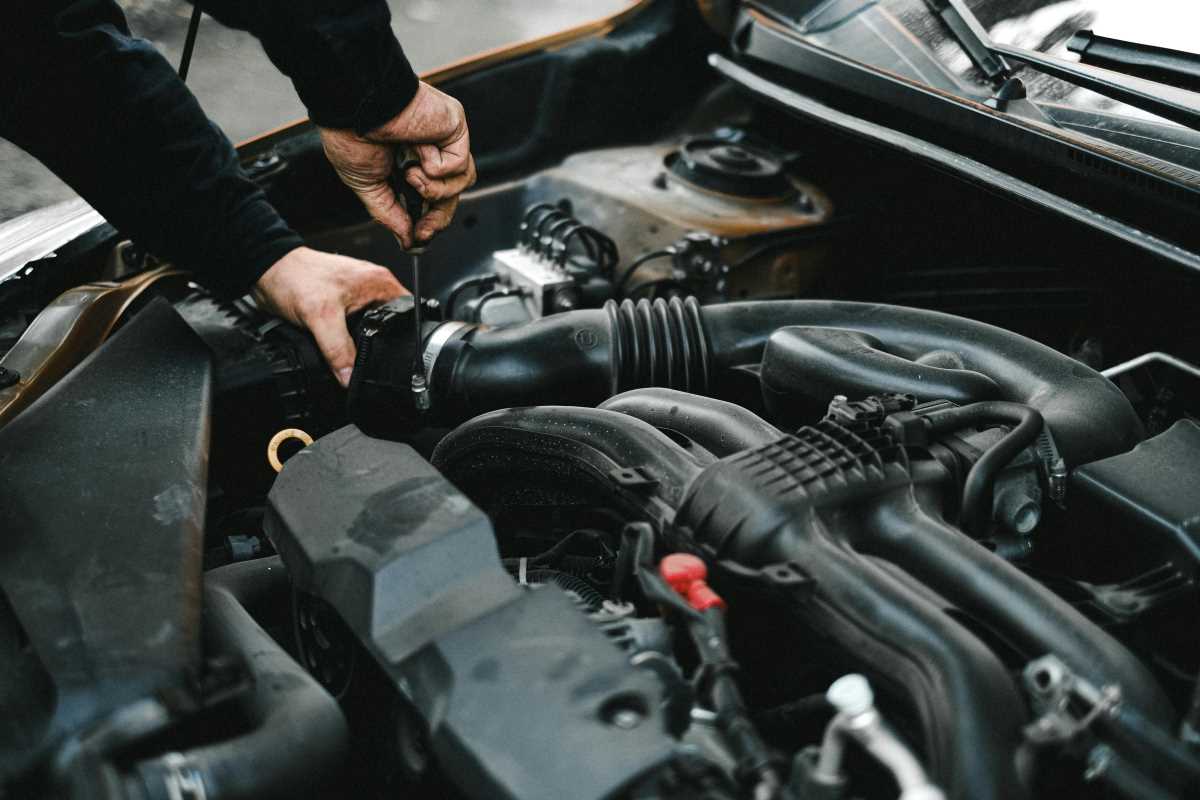Owning an electric vehicle (EV) is a fantastic way to reduce your carbon footprint and save on fuel costs. But like any car, your EV requires regular care to keep it running smoothly and efficiently. While EVs have fewer moving parts than their gas-powered counterparts, they come with their own unique maintenance needs. From battery care to software updates, there’s plenty you can do as an EV owner to extend the life of your car and keep it performing at its best. Here’s a guide to help you stay on top of EV maintenance.
1. Prioritize Battery Health
The battery isn’t just the heart of your EV; it’s also the most expensive component to replace. Taking care of it is essential. Maintaining consistent charging habits and avoiding extreme conditions is the key to a healthy battery.
Here’s how to keep your EV’s battery in top shape:
- Stick to the ideal charge range. Most manufacturers recommend keeping your battery level between 20% and 80%. Regularly charging all the way to 100% or letting it fall to 0% can degrade your battery over time.
- Avoid rapid charging when possible. While fast chargers are convenient for long trips, frequent use can cause extra heat stress on your battery. When you can, stick to slower home charges.
- Park in moderate temperatures. Extreme heat or cold can drain your EV’s battery more quickly. Park in a garage or shaded area to protect the battery from temperature swings.
2. Stay on Top of Software Updates
Much like a smartphone, your EV runs on software that needs regular updates to ensure optimal performance. Manufacturers frequently release updates to improve battery efficiency, tweak driving performance, and even add new features.
Some tips for handling EV software updates include:
- Enable automatic updates. Many EVs automatically download software updates while connected to Wi-Fi, so ensure this feature is turned on.
- Check for updates manually. If you’re unsure whether your system is up-to-date, check your car’s infotainment system or mobile app for available updates.
- Visit the dealership if needed. Some updates might require professional installation, especially if they involve hardware adjustments.
- Staying updated not only enhances your experience as a driver but also ensures your EV runs more efficiently over time.
3. Don’t Overlook Tire Maintenance
Tires might not seem as exciting as batteries and software, but their condition can greatly impact your EV’s performance. Keep in mind that EVs are often heavier than traditional cars due to their batteries, which means tires may wear out faster.
Here’s how you can get the most out of your EV’s tires:
- Check tire pressure regularly. Proper inflation is key to energy efficiency and safety. Check your EV’s manual and make adjustments as often as needed, especially before long drives.
- Rotate your tires. Rotating tires every 5,000 to 7,500 miles ensures even wear, helping them last longer.
- Invest in quality tires. Some manufacturers offer tires specifically designed for EVs. These tires minimize rolling resistance, which helps maximize your EV’s range.
4. Develop Smart Charging Habits
Charging your EV might seem straightforward, but how and when you charge can significantly affect its performance and efficiency. Developing good charging habits is crucial for both battery longevity and financial savings.
Here’s what to keep in mind about charging:
- Follow off-peak charging schedules. Many utilities offer lower electricity rates during non-peak hours, like late at night. Charging during these times saves money and reduces strain on the power grid.
- Use the right charging equipment. A home Level 2 charger provides a great balance of charging speed and efficiency. Be sure to use chargers approved by your EV manufacturer to avoid compatibility issues.
- Avoid overcharging. Some EVs allow you to set a charging limit directly from the app or dashboard. If yours does, stick to the recommended range for daily use, as mentioned earlier.
5. Prepare for Seasonal Changes
Different seasons bring different challenges for EVs, so adjusting your habits accordingly is a good idea. Whether you’re navigating winter’s cold or summer’s heat, your EV will benefit from a little extra care during seasonal transitions.
Tips for Winter
- Preheat your car using your app while it’s still plugged in. This preserves battery life by drawing power from the grid instead of the battery.
- Expect decreased range in colder weather, as battery efficiency naturally drops in low temperatures. Make adjustments to your route planning accordingly.
Tips for Summer
- Park in the shade or use a sunshade to keep your interior cool.
- Avoid letting your battery stay at high charge levels for extended periods, as heat can accelerate battery wear.
6. Check the Cooling System
EVs rely on cooling systems to regulate the temperature of their batteries and other components. While EVs don’t need oil changes, their cooling systems still need occasional attention.
Schedule an inspection as your car’s owner’s manual recommends to ensure everything functions properly. If your EV’s cooling system isn’t working correctly, it could affect battery performance and shorten its lifespan immensely.
7. Pay Attention to Brakes
Many EVs feature regenerative braking, which uses the motor to slow the car down and capture some energy back into the battery. This system reduces wear on traditional brake pads, but brake maintenance is still essential.
Inspect brakes periodically. Since pads might not wear as quickly, they can corrode over time if left unchecked.
Clean brakes regularly. Visit a service center to remove dirt and debris that might impact braking performance.
8. Find a Trusted EV Service Center
While EVs typically require less maintenance than gas-powered cars, it’s still important to have a skilled professional inspect your vehicle regularly. Find a service center that is knowledgeable about your EV make and model. They’ll know what common issues to look for and how to handle any problems specific to electric vehicles.
 (Image via
(Image via





